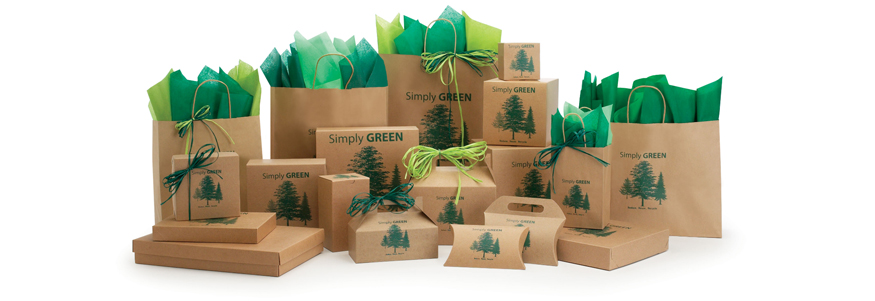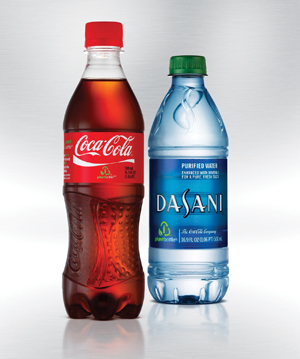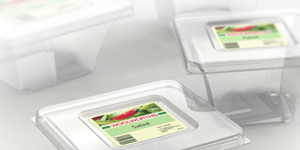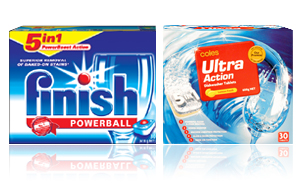Packaging plays an important role in marketing. As the ‘flagbearer’ of branded products it plays an vital role in differentiating competing products and can be decisive in influencing the purchasing choice made by consumers.
|
Structural packaging deals with all the elements of the package design that are not associated with the graphic design of the product such as the packaging materials, shape/form, function and performance. In practice, separating the graphical and structural elements of the packaging is counter intuitive and the best results are often achieved when all elements are considered during the design process. More often today, brand managers are looking to use structural packaging to differentiate their products in the marketplace. Lets review one of the trends that we have noticed continuing to evolve in structural packaging design. Green PackagingThe trend in all things green has found its way to structural packaging. But as in the product world brand owners need watch out for “green washing”. Consumers and customers will spot any disconnects in your overall brand, product and packaging message and these become seeds for discontent. If you have a need for aligning your structural packaging with your brand then we are the people to talk to. Give This email address is being protected from spambots. You need JavaScript enabled to view it. or This email address is being protected from spambots. You need JavaScript enabled to view it. a call on 03 9413 9000 and arrange to come and talk with them about your packaging needs. |
Home Brands expandWe have seen the use of structural packaging to differentiate products in the marketplace move in the last 3 years into the packaging of generic and “home brand” goods as supermarkets and retail chains expand their ranges in competition to the established brands. No longer do you get your deli items from Safeway packed into the common variety takeaway container. Supermarkets have their very own pack designs to improve the experience of their customers.
In our experience, supermarkets developing their "home brands" tend to shy away from differentiating wildly from the established brands and most often adopt a “me too” approach. Whilst this remains the case, brand owners can stay a step ahead by continuing to produce new and improved packaging solutions and experience for their customers.
Finish brand dishwashing tablets vs the generic branded Coles tablets |




